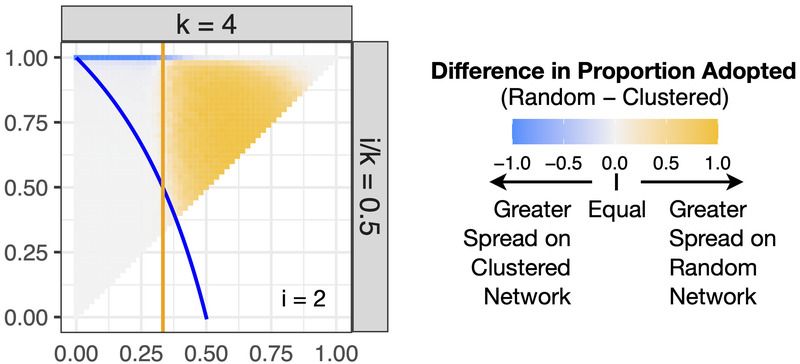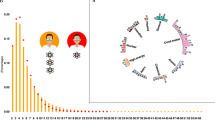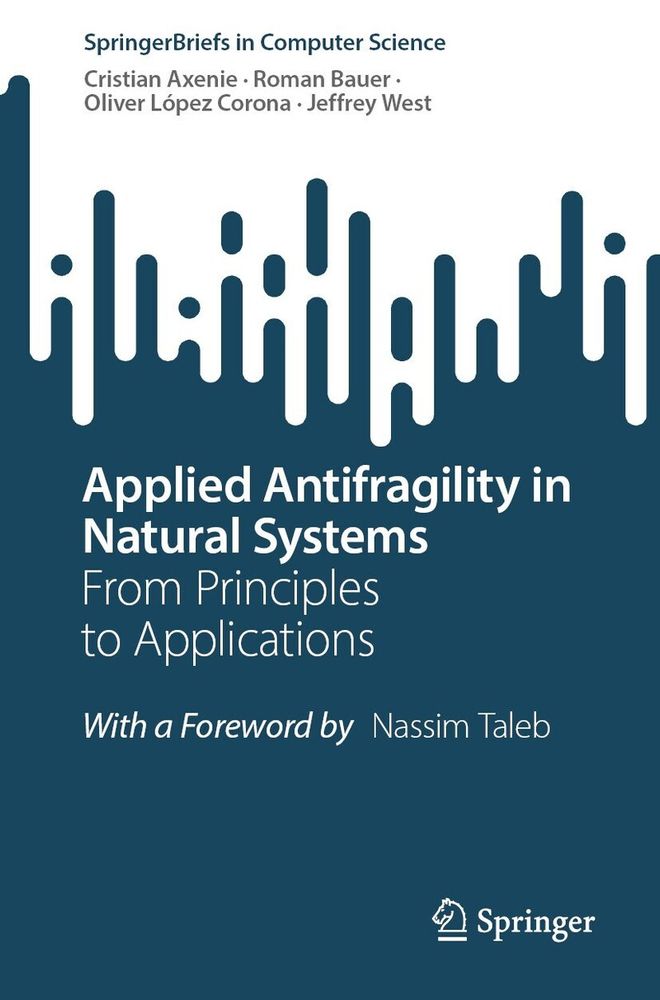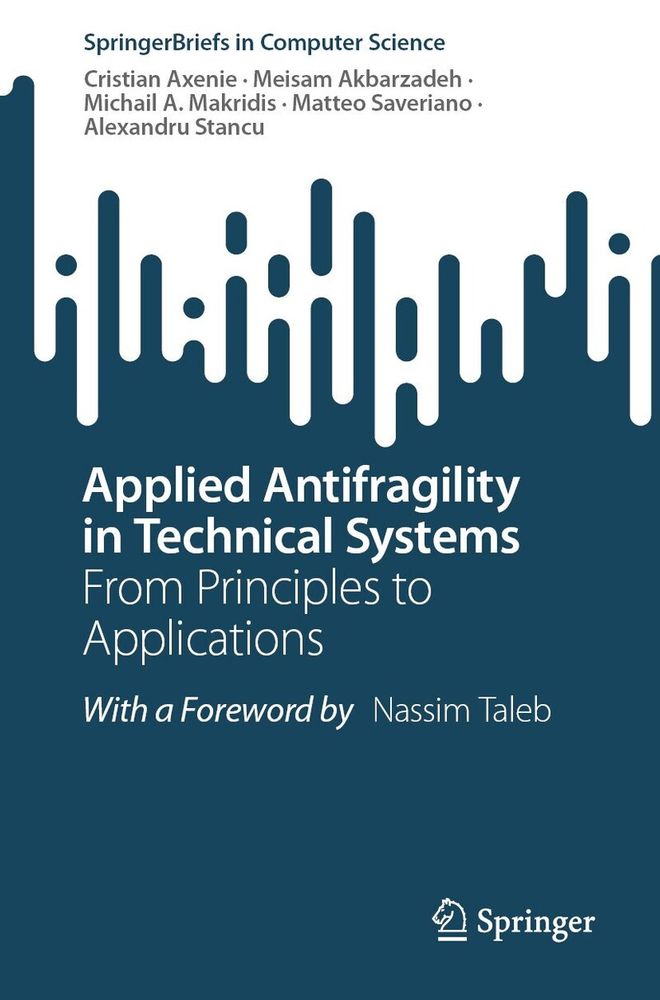The Theory of Economic Complexity
27.07.2025 13:46 — 👍 2 🔁 2 💬 0 📌 0Complexity Digest
@cxdig.bsky.social
Networking the complexity community since 1999. Official news channel of the @cssociety.bsky.social Edited by @cgershen.bsky.social
@cxdig.bsky.social
Networking the complexity community since 1999. Official news channel of the @cssociety.bsky.social Edited by @cgershen.bsky.social
Revisiting Big Data Optimism: Risks of Data-Driven Black Box Algorithms for Society
26.07.2025 13:27 — 👍 1 🔁 1 💬 0 📌 0Participatory Evolution of Artificial Life Systems via Semantic Feedback
24.07.2025 16:26 — 👍 2 🔁 1 💬 0 📌 0Communication patterns affect the collective performance of social agents
24.07.2025 11:39 — 👍 0 🔁 0 💬 0 📌 0
Diffusion of complex contagions is shaped by a trade-off between reach and reinforcement
23.07.2025 09:12 — 👍 1 🔁 0 💬 0 📌 0Participatory Evolution of Artificial Life Systems via Semantic Feedback
22.07.2025 17:17 — 👍 2 🔁 1 💬 0 📌 0A critical phase transition in bee movement dynamics can be modeled using a 2D cellular automata
22.07.2025 12:07 — 👍 1 🔁 0 💬 0 📌 0An AI tool for scafolding complex thinking: challenges and solutions in developing an LLM prompt protocol suite
19.07.2025 14:09 — 👍 2 🔁 0 💬 0 📌 0Classifying Emergence in Robot Swarms: An Observer-Dependent Approach
19.07.2025 11:52 — 👍 0 🔁 0 💬 0 📌 0
The innovation trade-off: how following superstars shapes academic novelty
19.07.2025 10:07 — 👍 1 🔁 2 💬 0 📌 0Life Finds A Way: Emergence of Cooperative Structures in Adaptive Threshold Networks
19.07.2025 05:35 — 👍 1 🔁 0 💬 0 📌 0
Applied Antifragility in Natural Systems: From Principles to Applications
17.07.2025 15:59 — 👍 0 🔁 0 💬 0 📌 0
Applied Antifragility in Technical Systems: From Principles to Applications
17.07.2025 13:57 — 👍 0 🔁 0 💬 0 📌 0Why collective behaviours self-organize to criticality: a primer on information-theoretic and thermodynamic utility measures
29.06.2025 11:31 — 👍 4 🔁 1 💬 0 📌 1Matrix-Weighted Networks for Modeling Multidimensional Dynamics: Theoretical Foundations and Applications to Network Coherence
27.06.2025 16:30 — 👍 3 🔁 1 💬 0 📌 0Large Language Models and Emergence: A Complex Systems Perspective
27.06.2025 11:29 — 👍 2 🔁 1 💬 0 📌 0